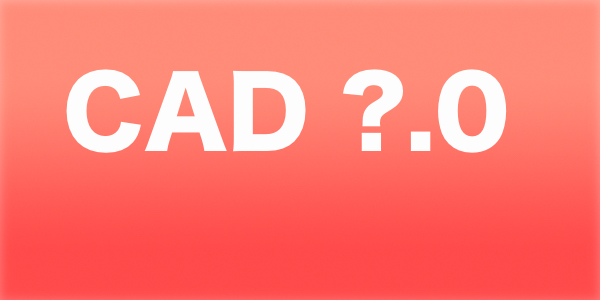In this series of posts, I’ve laid out a few observations on some of the new trends in the CAD industry and where we might be heading as new platforms are developed for the future. You can catch Part 1 here if you haven’t seen it already. Let’s dive into Part 2.
In Part 1, I failed to give the collaboration element due justice – so lets dive into that realm a bit. We are already seeing collaboration enhancements in some of the new offerings and most of them are centered around the data being stored in the cloud. Many of the cloud connected apps allow for real time notifications to users when components are updated by another users. The user receiving the notification can then load the new component to see the latest changes. This really doesn’t fall that far from some of the existing functionality in PDM systems such as SOLIDWORKS PDM. (which is not cloud connected)
The most innovative approach I have seen so far when it comes to collaboration is the approach that Onshape is taking. They actually have the capability to allow multiple users to modify the geometry of a document AT THE SAME TIME. This happens real time so as when a feature is added by one user, the other user sees it appear on their screen as the feature is completed. Traditional systems really struggle with this as pretty much all of them are still locked to a single file concept. Only one person can have rights to that file at a time. Being able to show “what-if” situations real time on screen is powerful. It removes the need to exchanges screenshots or file versions while you are trying working a collaborative design. You can see a video of real time editing with Onshape by clicking HERE.
Cloud CAD data can usually be shared to those outside the engineering process for review rather easily as you would expect. There are also some tools out there today supporting traditional file based systems that do this pretty well. (GrabCAD workbench comes to mind.) But that application requires you to go outside your CAD authoring system which is just another opportunity for a broken link in the chain. Sharing data like this is efficient, but like I mentioned in Part 1, security is going to be a concern for some companies.
So let’s switch gears a bit and talk about product accessibility. Not necessarily from the standpoint of accessing data from multiple devices, but from the standpoint of getting your hands on the tool to try it out. One of the trends I’m seeing with the more cloud centric companies like Autodesk and Onshape is that they offer a free version of their tool. Both packages seem to have done a good job at allowing users to kick the tires of the product (with full feature functionality) without having to go with a timed or arranged trial version. The free version has the proper limits set so that users will need to upgrade to the paid version if they get serious about using the product. If I owned a company that was in the market for CAD software, I would be compelled to try out those tools first to see if they met my needs. It is a simple process to sign up online and begin using the software. For me as an experienced CAD user, testing another modeler is pretty easy. I just have to figure out where the buttons are and how the product workflow is set up. For the unexperienced CAD user, they will have a much steeper learning curve. With all of that in mind, both companies offer some great online tutorials that are easily accessible.
I guess the point I’m trying to make here is, you can have the greatest product in the world, but if you make it hard for a customer to try it out, you are really losing a great opportunity to get that product in front of the customer. I think some of the established CAD vendors need to take a close look at this and learn from it. 🙂
Ok…so I had fully intended to dive into the topic of distributed computing in this post, but that is going to have to wait for Part 3. You folks are busy so I’ll be trying to keep these articles a little on the shorter side.
Stay tuned for Part 3 soon.
